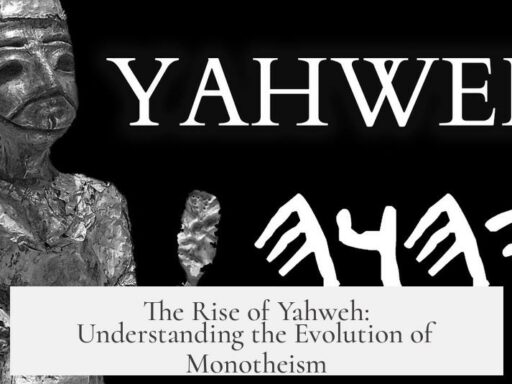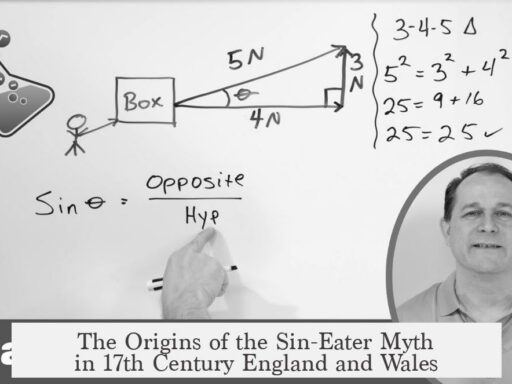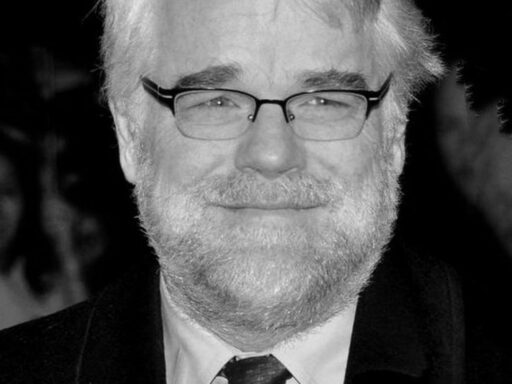The Marshall Plan aimed to contain communism primarily by fostering economic recovery in war-torn Europe to prevent the social instability that poverty could create, which was seen as fertile ground for communist ideology. It sought to revive economies and support free institutions aligned with American democratic values.
After World War II, Europe faced widespread devastation. Economic collapse and poverty dominated much of the continent, especially Germany. The Truman administration feared these dire conditions would create political chaos inviting communist influence. John J. McCloy, Assistant Secretary of War, warned President Truman in a memo that famine and pestilence in Central Europe might provoke political revolution and communist infiltration. These concerns reflected a strategic understanding that economic hardship increased communist appeal.
The core mechanism of the Marshall Plan was economic aid directed at reconstructing infrastructure, reviving industry, and stabilizing markets. This helped reduce desperation and societal unrest, conditions that communism could exploit. George Marshall, in outlining the plan, emphasized its purpose to revive a working economy worldwide. He linked economic recovery directly to the emergence of political and social conditions where free institutions could flourish. In this context, “free institutions” meant the democratic and capitalist systems favored by the United States, standing opposed to the Soviet communist model.
Beyond economic stabilization, the Marshall Plan helped establish a lasting political and economic partnership between the United States and Western Europe. By fostering cooperation among Britain, France, and West Germany, it contributed to the creation of a politically unified “West.” Historian William I. Hitchcock highlights this as key in shaping the postwar Western alliance system. Economic success in West Germany was a symbol of this partnership.
The Soviet Union viewed the Plan as a threat. Stalin ordered Eastern Bloc countries to reject aid, perceiving American economic engagement as an effort to dominate Europe politically and economically. The revitalization of Germany heightened Soviet anxieties, provoking concerns about security from Western leaders like British Foreign Minister Ernest Bevin. This atmosphere of threat encouraged the formation of military alliances to complement economic ties.
Ernest Bevin advocated for the establishment of a military alliance that would become NATO, designed to counterbalance Soviet power in Europe. The Marshall Plan, therefore, was not only an economic recovery program but also a foundational piece in creating a structured, interlinked Western bloc that combined economic and military partnerships.
The Truman administration regarded the Marshall Plan as a central component of its broader containment strategy. Containment aimed to prevent further communist expansion by making other paths less attractive and more stable. The Plan’s injection of financial aid and material support undercut communist narratives by improving living standards and preserving democratic regimes across Central and Western Europe.
While some debate exists on how directly the Plan prevented communism’s spread, its role in stabilizing Western Europe is undisputed. It demonstrated how economic policy and international cooperation could serve geostrategic goals.
- Economic recovery reduced the appeal of communism by addressing poverty-driven unrest.
- The Plan supported political conditions favorable to democratic, capitalist institutions.
- It fostered economic integration that shaped the Western alliance system.
- Soviet rejection intensified East-West division, prompting military alignment via NATO.
- The Marshall Plan formed a core part of the US containment policy during the early Cold War.
How Was the Marshall Plan Supposed to Contain “Communism”?
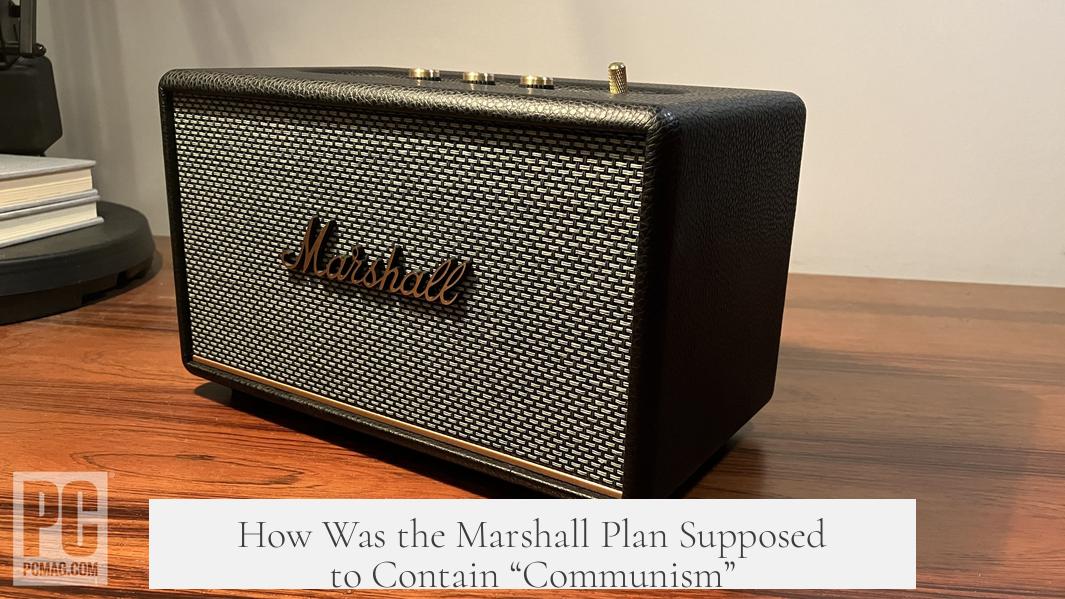
The Marshall Plan was designed to prevent the spread of communism by rebuilding Europe’s shattered economy to stop poverty-driven political unrest, establishing strong alliances, and creating a Western economic and political bloc aligned against Soviet influence. But how exactly did pumping billions of dollars into post-war Europe turn into a chess move against communism? Let’s unpack this.
First off, the context: Europe was in ruins, especially Germany. The aftermath of World War II left millions suffering from famine, devastation, and chaos. The Truman administration feared that desperation breeds extremist solutions—like turning to communism.
John J. McCloy, Assistant Secretary of War, warned President Truman about this exact danger. He predicted “pestilence and famine” leading straight to political revolution and Soviet infiltration. So, the message was clear: if Europe stays poor and unstable, communism moves in as a tempting alternative.
1. Preventing Social Instability Through Economic Recovery
It wasn’t just hand-wringing over poverty. The U.S. leadership saw a cause-and-effect link: economic hardship creates ideal conditions for communist ideas to take root.
The logic was simple: when people lack hope for jobs and food, they search for radical promises. Communist ideology, with its appeal to the working class and promises of equality, looked like a ready answer. The U.S. realized that fixing poverty meant removing communism’s fertile ground.
George Marshall himself stated, “The Plan’s purpose should be the revival of a working economy in the world so as to permit the emergence of political and social conditions in which free institutions can exist.”
Notice “free institutions”—a phrase loaded with meaning. It wasn’t about charity; it was about shaping societies toward the American concept of democracy and capitalism, pushing back against the Soviet model.
2. Establishing a Lasting Political and Economic Partnership Between the US and Europe
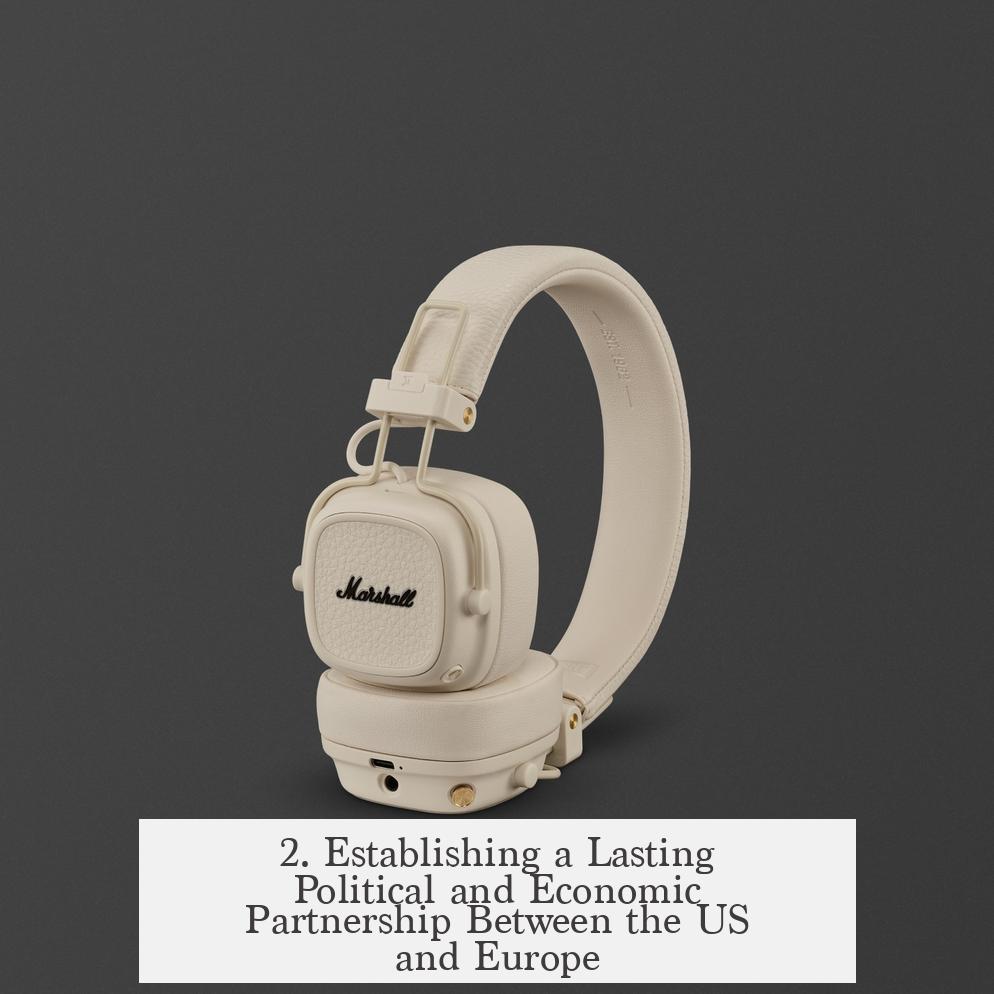
The Marshall Plan wasn’t an isolated rescue package. It aimed to knit together a Western alliance—a new economic and political community—against the Soviet Union.
Historian William I. Hitchcock highlights how the Plan helped form “the West.” Cooperation between Britain, the U.S., and France led to rebuilding a strong West Germany, an economic powerhouse that could stand against Eastern bloc influence.
This progress stirred ire in the Soviet Union. Stalin ordered his satellite states to refuse Marshall aid, viewing the plan as U.S. imperialism masked by humanitarian aid. The Soviet reaction made Western leaders, such as British Foreign Minister Ernest Bevin, wary of escalating tensions.
This sense of threat motivated Bevin to push for NATO’s creation—a military alliance to complement the economic unity fostered by the Marshall Plan. It wasn’t just dollars and goods moving across borders; it was a rising, intertwined political and military network.
3. The Truman Administration’s Perspective on Containment
At its core, the Truman administration bet heavily on the Marshall Plan as a key tool to contain communism in Central and Western Europe. It was a classic carrot rather than stick approach—strengthen economies to stabilize democracies and crowd out communist support.
Yet, there’s an important caveat: history debates how much credit the Marshall Plan truly earned for preventing communism. Some argue Western Europe might have avoided communism for other reasons as well. But for policymakers at the time, it was the primary weapon in their containment strategy.
Reflecting on the Marshall Plan’s Legacy

Think about it—injecting about $13 billion (over $100 billion today) into a devastated continent during the years 1948 to 1952 was more than aid. It was a strategic investment in peace and protection against the spread of an ideology seen as a serious threat to Western democratic values.
What lessons can we draw? Economic stability and prosperity can be powerful shields against radical ideology. The Marshall Plan exemplifies how foreign policy can blend economics and diplomacy to shape a safer geopolitical landscape.
- Tip for policymakers: Combating political extremism starts by tackling economic despair.
- Practical example: Aid today to conflict zones often applies similar logic—economic recovery first to prevent ideological battles.
So next time someone asks, “How was the Marshall Plan supposed to contain communism?” the answer lies in understanding that it was a comprehensive strategy combining economic revival, political alliances, and military readiness. It’s a lesson in how nations can combat threats not just by guns, but by goodwill and infrastructure.
Sources for further reading:
- Marshall Foundation: Marshall Plan Speech
- Melvyn P. Leffler, “The emergence of an American grand strategy, 1945-1952,” The Cambridge History of the Cold War, Volume 1
- William I. Hitchcock, “The Marshall Plan and the creation of the West,” The Cambridge History of the Cold War, Volume 1
What was the main reason the Marshall Plan aimed to stop communism?
The US saw poverty as a key cause for communism spreading. By helping Europe’s economy recover, it hoped to reduce conditions that made communism attractive.
How did economic recovery relate to political stability in the Marshall Plan?
Economic recovery was expected to create stable political conditions. Stable economies would support free institutions and reduce the chance of communist revolutions.
What role did the Marshall Plan play in forming US-Europe relations?
It helped create a political and economic alliance between the US and Western Europe. This alliance opposed Soviet influence and led to stronger cooperation.
Why did the Soviet Union oppose the Marshall Plan?
The plan revived West Germany and its economy, which Stalin saw as a threat. He ordered Eastern bloc countries to reject aid, fearing increased American dominance.
How did the Marshall Plan influence military alliances like NATO?
Concerns over Soviet reaction led people like British minister Ernest Bevin to push for NATO. The plan helped link economic unity with military partnerships.


